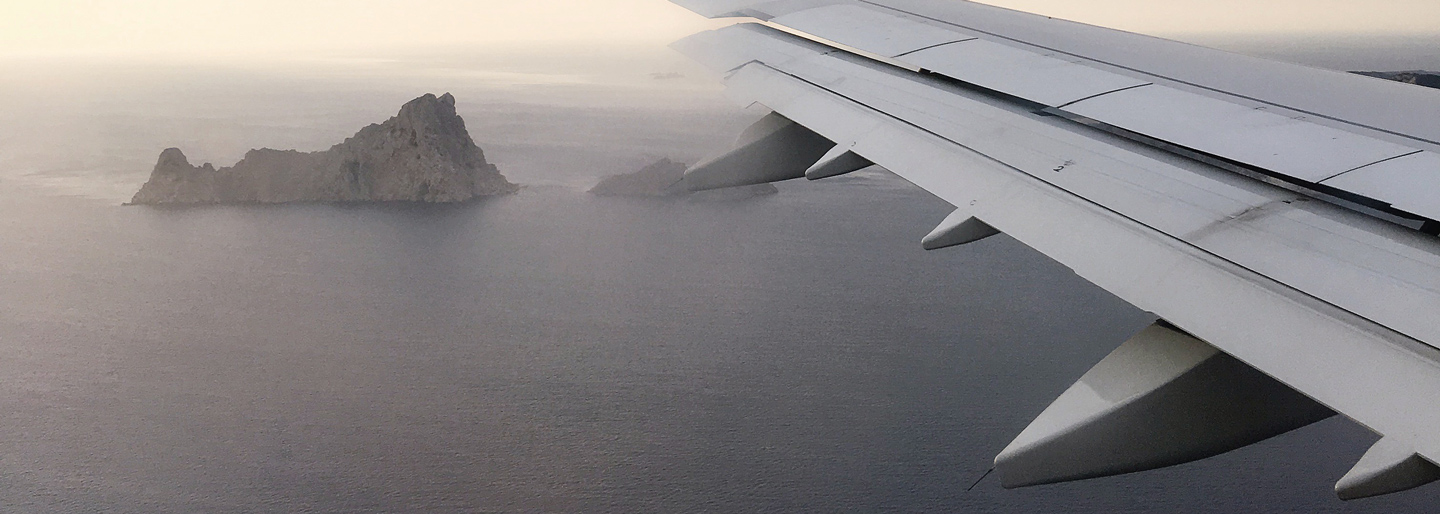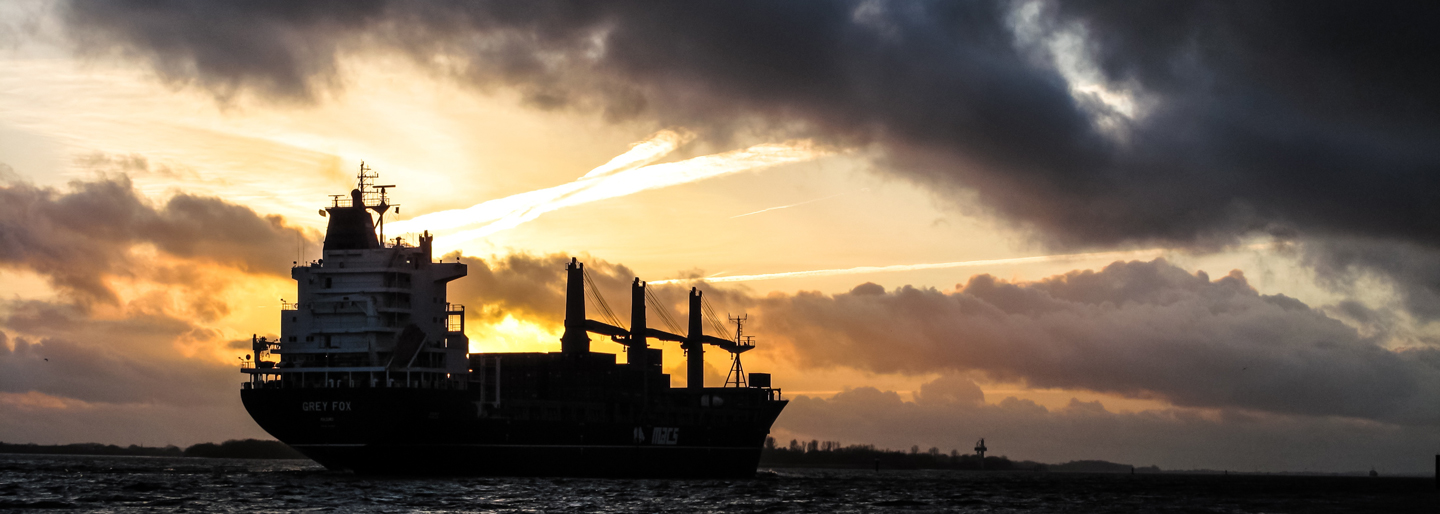Sea Freight or Air Freight – How do you know what is right for you? How much money can you save? And what about the environment?
Speed
The urgency of your cargo is the first factor to consider in deciding between air freight and ocean freight given the fundamental difference between sea freight and air freight is speed. Air freight typically range from a few up to 10 days, taking into consideration holding time at airports, routing and awaiting available aircrafts and handling at origin and destination. Ocean freight depends on distance and available services and range from a week to 70 days.
Cost
The cost difference between sea freight and air freight depends on the trade and the cargo you ship. As the airplane capacity is typically limited by weight and the sea freight capacity by volume, the difference in price for sea freight and airfreight is less for light cargo than it is for heavy cargo.
To demonstrate this, below we have made the calculation for a trade where the current air freight rate is USD 4.50 per kilogram and the sea freight rate is USD 125 per cubic meter. This could for example be a trade from China to mainland Europe.

For airfreight, the chargeable weight is usually calculated based on the dimensional factor of 6,000 cubic centimeter per kilogram ~ 166.67 kilogram/cubic meter. For sea freight, the standard is 1,000 kilogram/cubic meter. So in the above example, if you ship one cubic meter of cargo with a weight of 500 kilogram, you can expect air freight to be 18 times more expensive than ocean freight. If, however, your one cubic meter of cargo weighs only 100 kilogram, air freight is only 6 times more expensive than ocean freight.
This example relates specifically to the freight – which covers the airport-to-airport or seaport-to-seaport transportation. In addition, there are costs associated with handling your cargo at origin and destination, customs clearance and potentially pick-up and delivery. See the Shipping Process for a complete overview of the 7 steps. While customs clearance charges for ocean freight and air freight would not differ, other charges may. Since these depend entirely on local markets, it is not meaningful to include them in this example, albeit they will be part of your total end-to-end logistics cost.

Environment
The environmental impact of air freight is massive in comparison with sea freight. Publicly available statistics document that 1,000 kilogram of air freight will on average emit 500 grams of carbon dioxide (CO2) for every kilometre it flies on a modern cargo airplane (B747). In comparison, if cargo is shipped by sea on a modern container vessel the emission is reduced to 15 grams for every kilometre it sails.
In comparison, a shipment of 200 kilograms moving from China to Europe will emit 900 kilograms of carbon dioxide if shipped by air and 54 kilograms of carbon dioxide if shipped by sea. This takes into consideration that the air route is 9,000 kilometres while the sea route is 18,000 kilometres via the Suez Canal.